Volume 46 Number 2 (2015.6)
Special Feature
Materials Analysis Using Quantum Beams
Part I. Special Feature
Overview
Research Reports
-
pages 1-9
Takamasa Nonaka, Yujiro Hayashi and Kazuhiko Dohmae
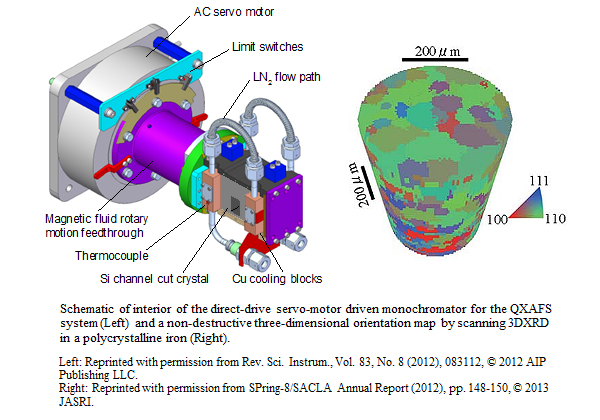
Two novel analytical techniques developed and installed at Toyota beamline in SPring-8 are described. One is a quick-scanning x-ray absorption fine structure (QXAFS) system with a minimum temporal resolution of 10 ms, and the other is a scanning three-dimensional x-ray diffraction (3DXRD) microscopy enabling non-destructive orientation and stress mapping in polycrystalline materials.
-
3. Operando XAFS Study of Automotive Exhaust Catalysts
 (1,714kB)
(1,714kB)pages 11-19
Yasutaka Nagai, Toshitaka Tanabe and Kazuhiko Dohmae
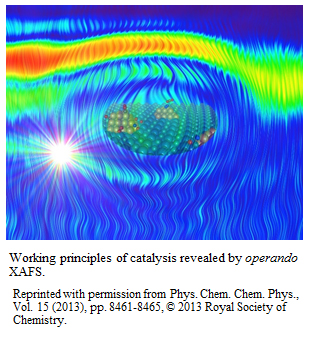
Synchrotron-based operando (meaning "at work") X-ray absorption spectroscopy is a powerful technique for tracking the dynamic behavior of the physicochemical states of catalysts under actual reaction conditions. This approach allows us to gain important insights into the working principles of automotive catalysts used for emission control.
-
pages 21-28
Keita Kataoka, Tetsuo Narita, Daigo Kikuta and Shin Tajima
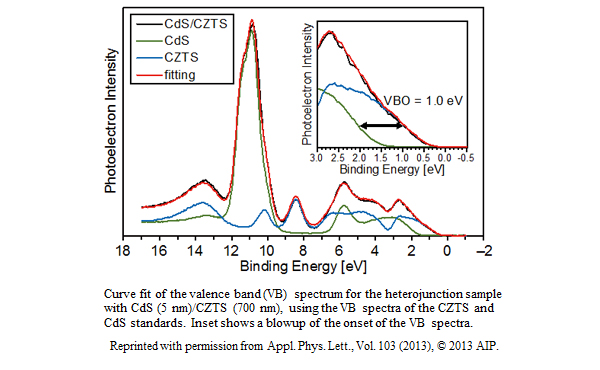
We demonstrated techniques for the measurement of the valence band offset (VBO) and band bending at semiconductor interfaces and surfaces using hard X-ray photoelectron spectroscopy (HAXPES). The VBO for the CdS/CZTS interface and the band bending for p-type GaN were successfully estimated. -
5. Ion Diffusion in Solids Detected with Muon-spin Spectroscopy
 (958kB)
(958kB)pages 29-36
Jun Sugiyama, Kazuhiko Mukai, Hiroshi Nozaki, Masashi Harada and Izumi Umegaki
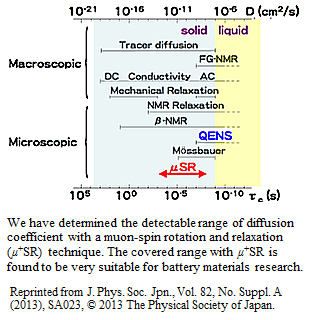
In this paper, we will give an introduction to the method itself but also summary of our muon-spin relaxation work on Li-diffusion in battery positive electrode materials. Furthermore, we will show that the method is not limited to studying only Li-diffusion but can also be extended to other physical and/or electrochemical properties in lithium transition-metal oxides.
-
6. Ion Diffusion in Li Battery Materials Probed by Quasi-elastic Neutron Scattering
 (397kB)
(397kB)pages 37-43
Hiroshi Nozaki
*There is an Erratum associated with this report.
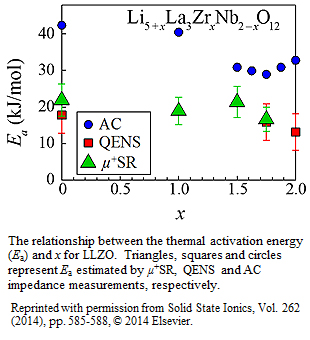
The diffusive behavior for Li-ion battery materials was investigated by quasi-elastic neutron scattering measurements. The self-diffusion coefficient of LiMn2O4 was estimated as 10-8cm2/s at 400 K. The activation energies for solid electrolyte LixLa3(Zr,Nb)2O12 were about 20 kJ/mol, which is independent of x, and lower than it for bulk value.
Part II.
Research Report
-
7. Asymptotic Analysis of the Lattice Boltzmann Method and Its Applications
 (943kB)
(943kB)pages 45-55
Hiroaki Yoshida
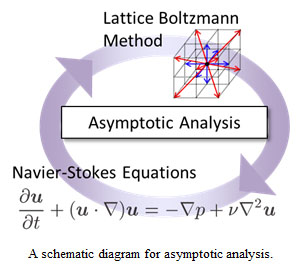
An asymptotic analysis of the lattice Boltzmann method is used to clarify the connection between the numerical algorithm and the Navier-Stokes equations. Several applications of this analysis, by which new algorithms are developed, are presented along with numerical examples.
-
8. Catalytic Cycle Employing a Redox-mediator to Obtain a Secondary Mg-O2 Battery
 (458kB)
(458kB)pages 57-63
Tohru Shiga
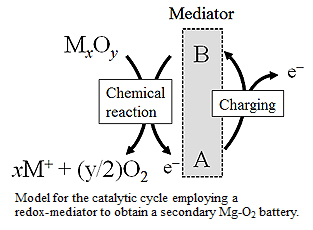
To date, non-aqueous Mg-O2 batteries have been accepted only as primary cells. We have succeeded in charging a non-aqueous Mg-O2 battery using a redox-mediator (iodine-dimethyl sulfoxide complex or the 2,2,6,6-tetramethylpiperidine-1-oxyl-anion complex as an O2-electrode catalyst.
Brief Report
-
9. Energy Analysis of In-wheel Motor Vehicle with Active Ride Control
 (656kB)
(656kB)pages 65-67
Takao Kobayashi, Hideki Sugiura, Etsuo Katsuyama, Atsushi Kawaguchi and Maiko Hirano
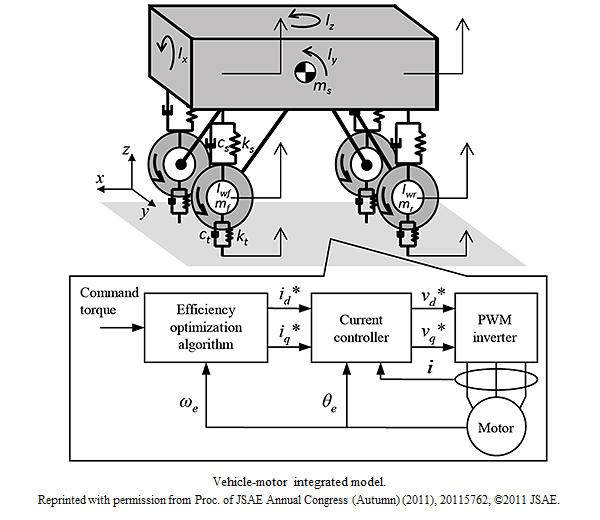
Electric vehicles equipped with in-wheel motors enable active ride control by utilizing driving force distribution. In order to improve the control efficiency, vehicle dynamics–energy integrated simulations were carried out. The results clarified the energy consumption mechanism caused by the motor loss.
-
10. Estimation of Multipath Range Error for Detection of Erroneous Satellites
 (1,435kB)
(1,435kB)pages 69-71
Tatsuya Iwase and Noriyoshi Suzuki
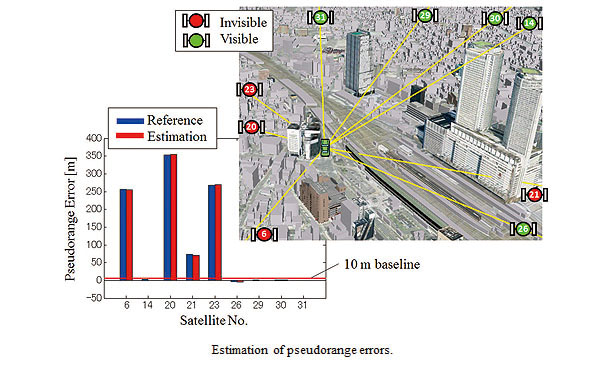
This report presents a new approach for identifying erroneous satellite signals for precise GNSS positioning. An altitude map was used to estimate the errors in observed satellite signals. The results showed that the estimated error was accurate enough to exclude erroneous satellite signals correctly and to improve the positioning accuracy.
